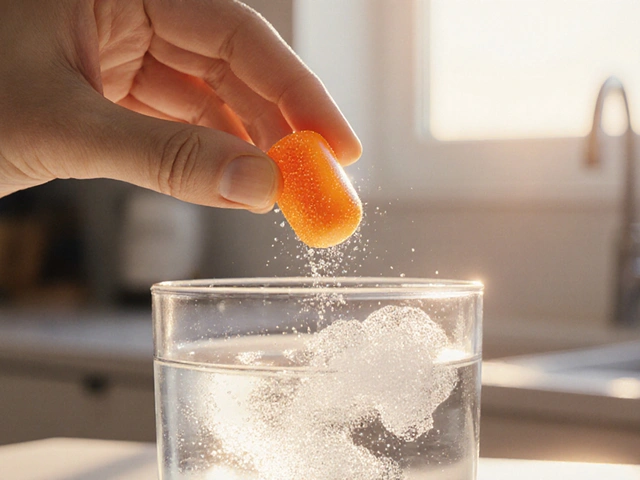Dandruff: What Causes It and How to Get Rid of It Fast
If you’re dealing with white flakes on your shoulders, you’re not alone. Dandruff affects millions and can feel embarrassing, but the good news is it’s usually easy to control. Below you’ll find the most common reasons it shows up and practical steps you can take today to calm your scalp.
At its core, dandruff is a mix of dead skin cells and oil that builds up on the scalp. When the skin sheds faster than normal, those cells cling to your hair and fall off as flakes. Most cases aren’t serious, but they can signal an underlying issue that needs attention.
There are a few everyday things that turn a healthy scalp into a flaky mess. Dry air, harsh shampoos, and sudden temperature changes can all strip the scalp of its natural moisture. On the other side, an oily scalp can feed the yeast Malassezia, which also drives flaking. Stress, hormonal shifts, and a poor diet can tip the balance, too.
When you notice persistent itching, redness, or thick patches, it’s time to check with a healthcare professional. Those signs might point to psoriasis, eczema, or a fungal infection that needs prescription treatment. A doctor can also rule out any allergic reactions to hair products.
Common Triggers and When to See a Doctor
Dry skin is a top trigger, especially in winter when indoor heating dries out the air. If you’ve recently switched to a new hair product, that could be the culprit—fragrances and sulfates often irritate the scalp. Oily hair isn’t always a problem, but when excess oil mixes with yeast, you get rapid flake production.
Other red flags include sudden hair loss, painful sores, or a scalp that looks yellowish rather than white. Those symptoms suggest a deeper infection or inflammation that over‑the‑counter shampoos can’t fix. In those cases, a dermatologist can prescribe medicated shampoos or topical steroids.
Effective Home Remedies and Over‑the‑Counter Options
Start with a gentle, anti‑dandruff shampoo that contains zinc pyrithione, selenium sulfide, or ketoconazole. Use it twice a week, letting the lather sit for at least five minutes before rinsing. That contact time helps the active ingredients reach the scalp and break the cycle of flakes.
If you prefer a natural route, tea tree oil is a popular choice. Add a few drops to your regular shampoo or dilute it with a carrier oil and massage into the scalp. Coconut oil can also soothe dry skin—apply a thin layer, leave it for 30 minutes, then wash out.
Don’t forget lifestyle tweaks. Drinking enough water, eating foods rich in omega‑3 fatty acids (like salmon or walnuts), and reducing sugar can improve overall skin health. Regular brushing distributes natural oils, preventing them from pooling in one spot and feeding yeast.
Finally, keep stress in check. Simple practices like short walks, deep breathing, or a quick meditation can lower cortisol levels, which in turn reduces scalp inflammation. Consistency is key—most people see a noticeable drop in flakes after two to three weeks of steady care.
By spotting the triggers early and using the right shampoo or home remedy, you can keep dandruff under control and say goodbye to those embarrassing flakes. Try one or two of the tips above and see what works best for your scalp.

Azelaic Acid for Seborrheic Dermatitis: How It Works, How to Use It, What to Expect
Clear, evidence-backed guide to using azelaic acid for seborrheic dermatitis-what it does, how to apply on face and scalp, timelines, combos, and safety.
Aug 23 2025




